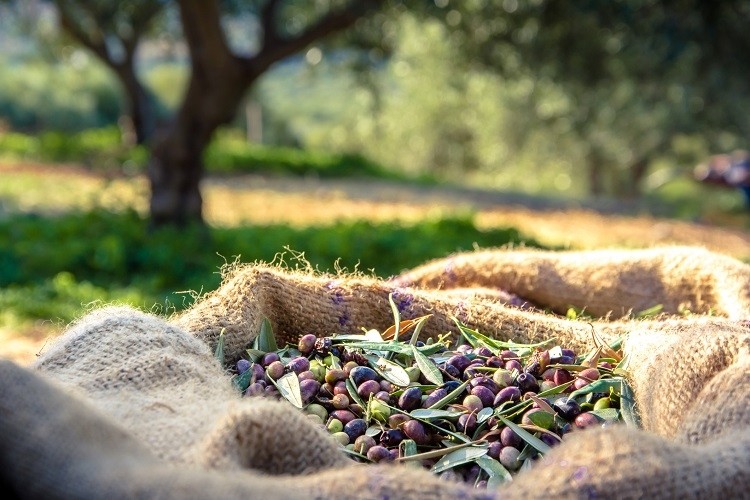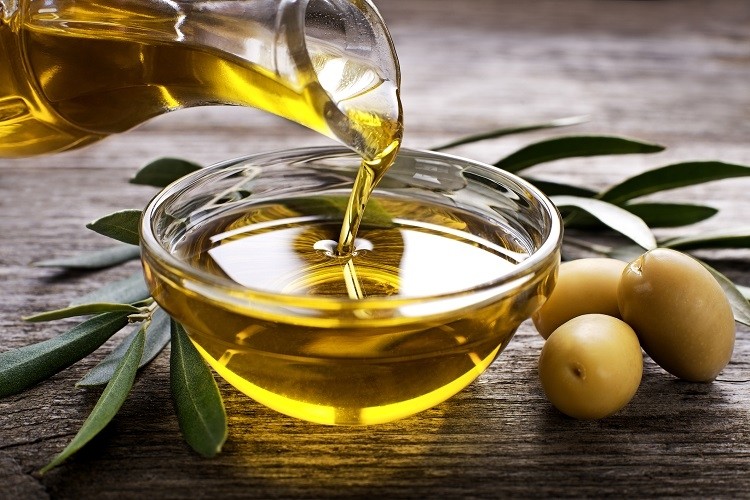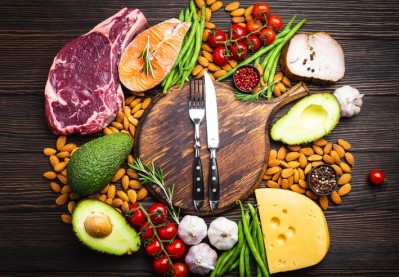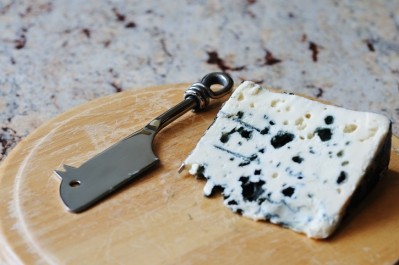Nutri-Score does not blight image of olive oil, finds survey

Nutri-Score has caused much controversy in the olive oil sector. Producers argue the Nutri-Score’s ‘C’ ranking for olive oil does not align with the product’s nutritional quality – especially compared to other fats with lower nutritional qualities.
What do consumers think about all this? Does Nutri-Score’s ranking of olive impact their perception of the product? Will they be less willing to buy olive oil in the future? And do they believe Nutri-Score should be applied to the category?
A consumer survey in Spain has sought responses to these pressing questions.
‘Olive oil ranking at odds with public health guidance’
First developed in France, Nutri-Score has since been officially recommended by health authorities in Belgium Spain, Germany, the Netherlands, Luxembourg, Spain and Switzerland.
At an EU-level, the algorithm could well be a contender for the European Commission’s mandatory front-of-pack (FOP) nutrition labelling scheme, expected to be proposed by the end of next year.
Nutri-Score works by ranking foods from -15 for the ‘healthiest’ product to +40 for those that are ‘less healthy’. One the basis of this score, the product receives a letter with a corresponding colour code: from dark green (A) to dark red (F). The algorithm is based on a standard amount of 100g/ml of product.
The nutrition labelling scheme has been lauded by members of the scientific community in Europe, many of whom are pushing for its mandatory adoption across the bloc.
Last year, findings from study out of Belgium indicated shoppers do make healthier food choices when the food label is present. In March of this year, Public Health France (Santé Publique France) published findings from research into Nutri-Score’s impact on food choices over the three years since adoption, similarly revealing the label was positively impacting purchasing behaviour.
And a recent report from the International Agency for Research on Cancer (IARC) suggests Nutri-Score is the most effective nutrition label in helping lower risk of NCDs such as cancer.
Nutri-Score has also been supported by key members of the food industry, with FMCG majors Nestlé and Danone rallying for EU-wide adoption of the FOP labelling scheme. Yet some agricultural production sectors, notably the processed meat, cheese and olive oil industries, are not on board.
On average, Nutri-Score ranks these foods between C and E due to their nutritional profile per 100g/100ml of product, as well as their high caloric density.
For the olive oil sector, their ‘C’ ranking is at odds with public authority guidance in Mediterranean countries, which lists the product as one of the preferred added fats for cooking and seasoning.
Olive oil contains olive polyphenols, which when in quantities of more than 250 ppm, are thought to help fight inflammation and help lower the risk of diseases such as heart disease and some types of cancer.
“This controversial nutritional algorithm is confusing consumers by not differentiating olive oil from other oils and even other processed foods,” noted organisers of the Health and Flavor Awards earlier this year. The awards are the result of collaboration between the Center for Advanced Studies in Olive and Olive Oils, olive oil producer Deoleo, extract supplier Genosa, and packaging firm Tetra Pak.
“The evaluations of this algorithmic system have been well received in some countries, but it has generated enormous doubts in many others who have been dissatisfied when considering that they serious harm several foods from the Mediterranean Diet, distorting their true nutritional value.”
The organisers are campaigning for extra virgin olive oils containing high levels of polyphenols to receive a higher score, due to their ‘clinically demonstrated benefit to consumers’.
Nutrition aside, producers and industrialists in the olive oil sector in Spain, Italy and Greece have also raised concerns that the ‘yellow C’ ranking could have a negative impact on exports and internal sales.
‘Nutri-Score should be displayed on olive oil packaging’
To examine whether Nutri-Score could have a detrimental impact on the image and choice of olive oil, researchers in France and Spain conducted a survey of 486 consumers in Spain.
In the study, consumers were presented with pictures of seven vegetable oils and butter, with their corresponding Nutri-Score. Examples include olive oil (‘C’), peanut oil (‘D’), and butter (‘E’).
According to the survey findings, the vast majority (79.8%) of participants said that Nutri-Score was useful for recognising differences in nutritional quality between the eight presented added fats.
Using the FOP labelling scheme, 89.1% of respondents considered olive oil to be the healthiest among the group. A total of 86.2% said they would buy olive oil more frequently.
Once the participants were informed that Nutri-Score ‘C’ was the best grade among added fats, 10.7% said they would consume olive oil more than they currently do and 71.4% responded that they would consume as much as before.
Significantly. 77.8% said that Nutri-Score should be displayed on olive oil packaging.
“Our results show that Nutri-Score does not appear to negatively impact the perception of olive oil by Spanish consumers and does not affect their intended behaviours in relation to the recommendations to favour olive oil among added fats,” note the researchers.
Reflecting on the ‘heated debate’ in Spain over Nutri-Score, whereby the olive oil lobbies have raised the issue of the exclusion of olive oil from the Nutri-Score application, the researchers said their findings do not support such a strategy. “More than ¾ of our study participants supported the use of Nutri-Score on olive oil packaging.”
Source: Foods
‘Is FOP nutrition label Nutri-Score well understood by consumers when comparing the nutritional quality of added fats, and does it negatively impact the image of olive oil?’
Published 17 September 2021
DOI: https://doi.org/10.3390/foods10092209
Authors: Morgaine Fialon, Jordi Salas-Salvadó, Nancy Babio, Mathilde Touvier, Serge Hercberg, and Pilar Galan.



























